The International Astronomical Union has confirmed the
existence of three currently unnamed moons — one around Uranus and two orbiting Neptune.
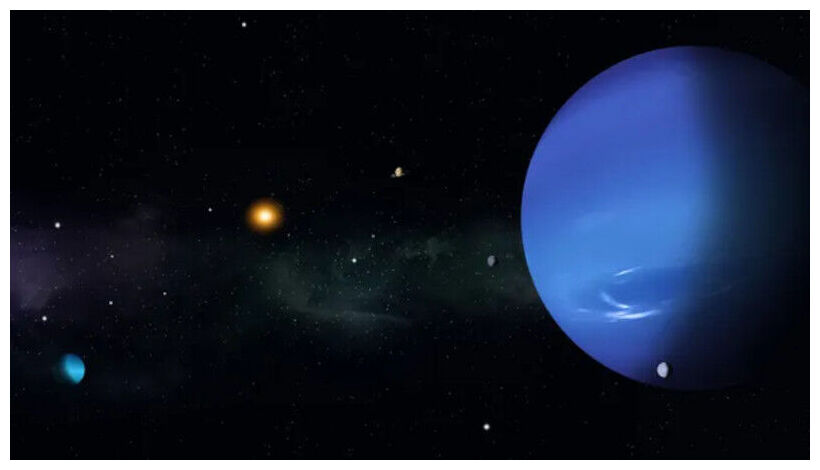
© Getty ImagesNeptune (right) and Uranus (bottom left) have both gained at least one extra moon.
The solar system just
got three new official residents — a trio of tiny moons, one of which orbits
Uranus and two more that circle
Neptune.
The three moons were all spotted several years ago but were recently confirmed by the International Astronomical Union's (IAU) Minor Planet Center — the organization responsible for naming new solar system objects such as moons, asteroids and comets. The new trio, which have been given numerical designations, will be given formal, literature and mythology-inspired names in the coming years.
Uranus' new moon, S/2023 U1, is only around 5 miles (8 kilometers) across, making it one of the smallest known moons around any of the eight planets in the
solar system, alongside
Mars' minute companion Deimos. The diminutive moon, which takes around 680 days to orbit around Uranus, brings the planet's total moon count to 28. Like the other Uranian moons, S/2023 U1 will eventually be named after a character from the plays of William Shakespeare, joining the likes of previously discovered moons such as Titania, Oberon and Puck.
Neptune's new satellites, S/2002 N5 and S/2021 N1, are around 14.3 miles (23 km) and 8.7 miles (14 km) wide respectively. S/2021 N1 takes around 9 years to orbit Neptune, while S/2002 N5 takes almost 27 years to orbit the furthest planet from the sun, which now has 16 known moons. Like other Neptunian moons, the newly recognized bodies will be named after the Nereids — the daughters of the sea god Nereus from Greek mythology.
The new moons were each spotted using ground-based telescopes, which is no mean feat considering their diminutive size and distance from our planet.
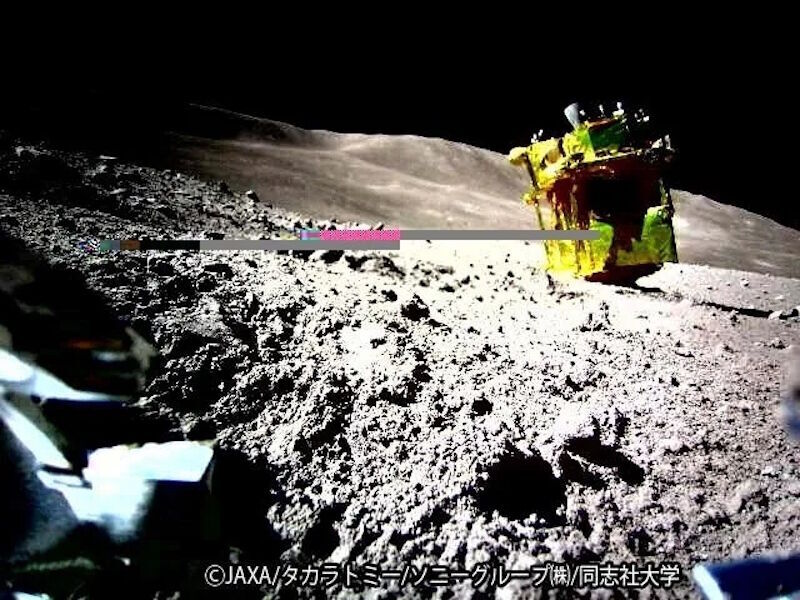



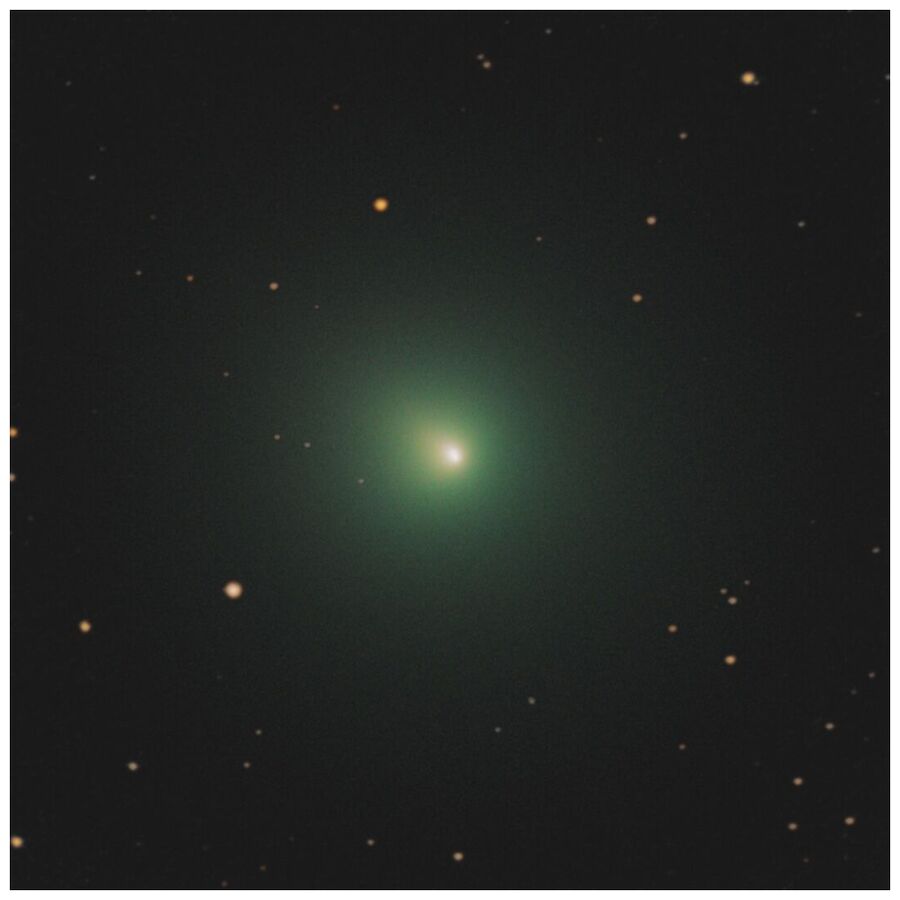
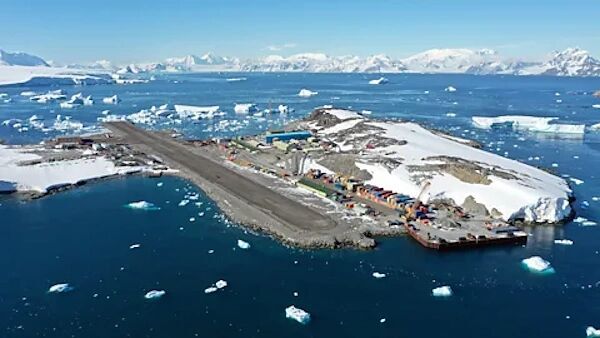
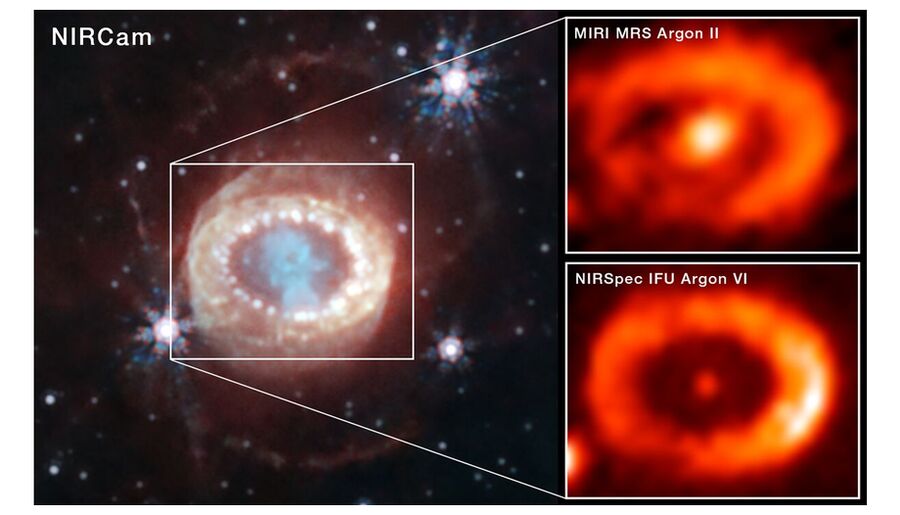
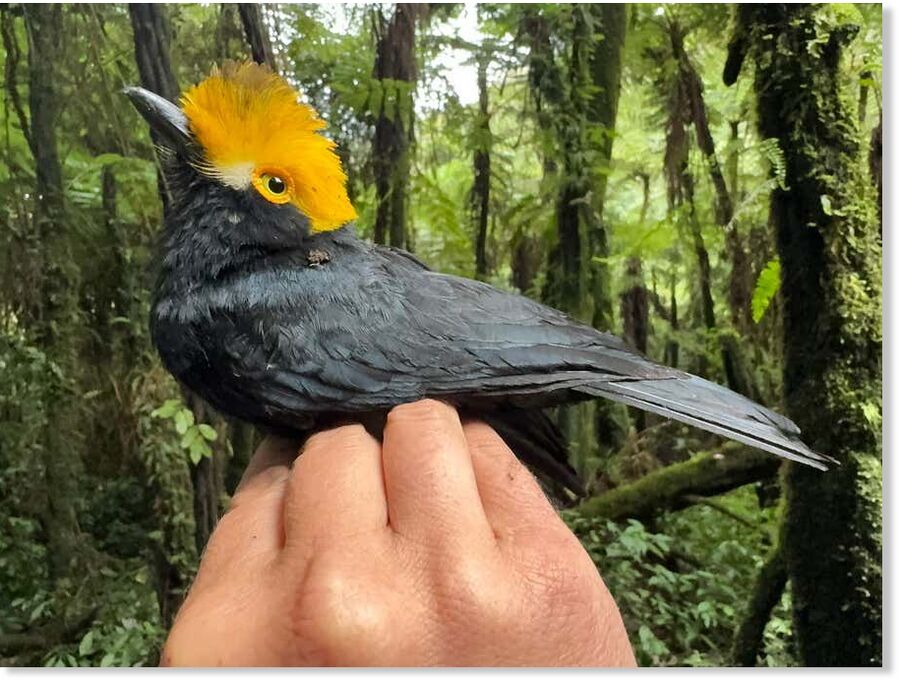

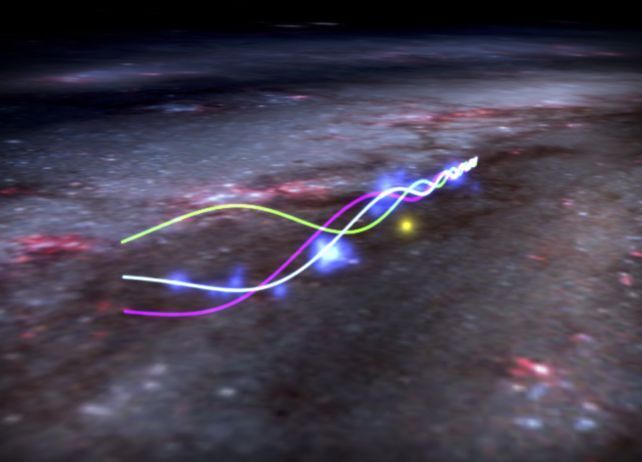



Comment: Yahoo News adds: